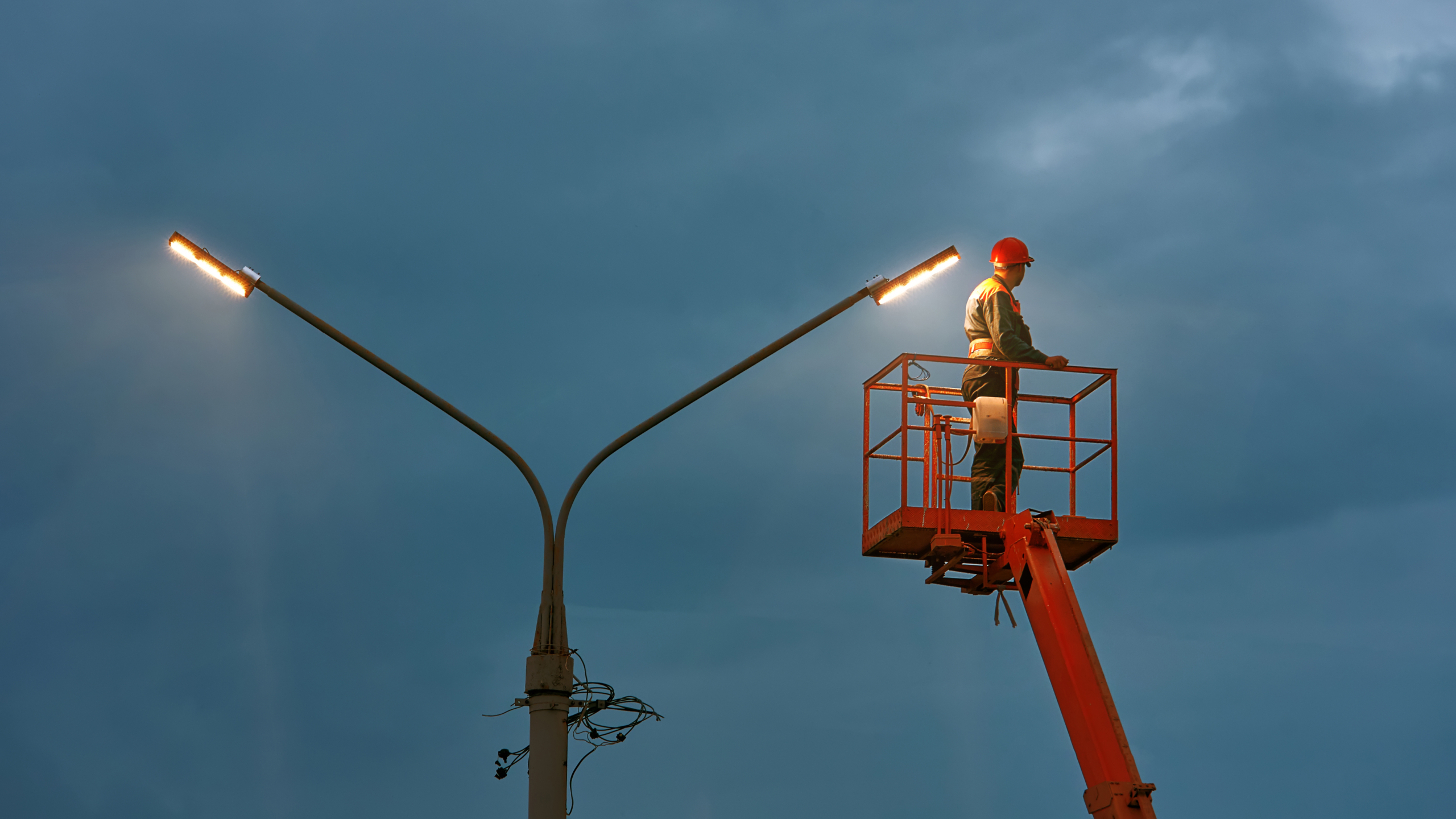Restoration, transformation, maintenance

- Publish On 14 May 2024
- Jérôme Denis, David Pontille, Bérénice Gaussuin, Fanny Lopez
- 80 minutes
In this round-table discussion, the four researchers look at the issue of transition through the prism of the different notions of maintenance, transformation, repair and restoration. These concepts are reminiscent of the issues of destruction, reconstruction and rehabilitation in architecture.





